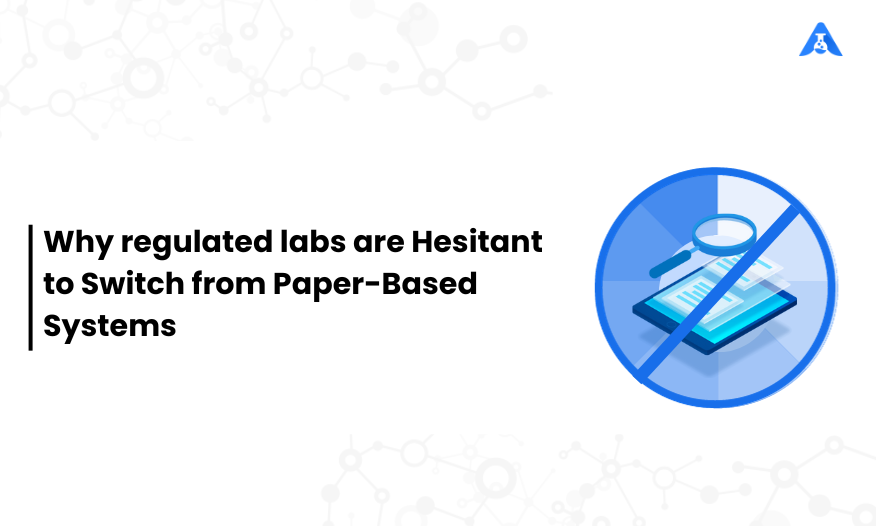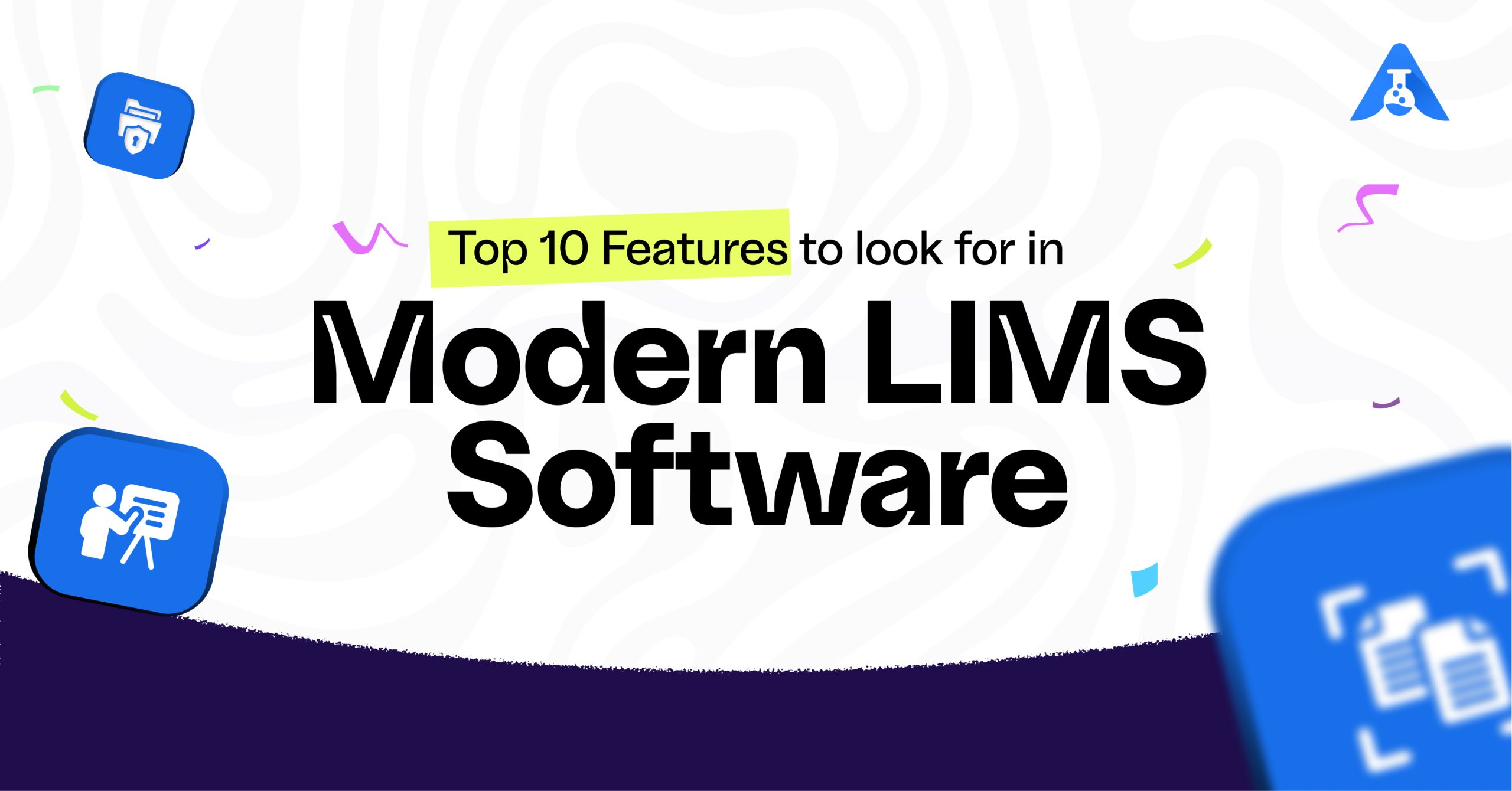Although some labs may opt to record their experiments on paper, or have personnel keep track of ordering information manually, these methods are outdated and have several limitations. The practice of using paper notebooks and records is still prevalent in labs, with some labs finding it more comfortable due to all their procedures being developed around legacy systems such as excel sheets, PDFs & paper based lab notebooks.
However, there are concerns about the reliability and longevity of these paper records. Two main reasons for this attitude are paper-driven procedures and a lack of well-integrated digital solutions. Many organisations have procedures that were developed around legacy systems, and transitioning to electronic systems can cause a disconnect and be time consuming. To achieve a paperless laboratory, processes should be modified, and organisations must find a solution which can be easily integrated with others.
Fortunately, for researchers seeking more dependable, modern, and shareable records, there are digital options available such as electronic laboratory notebooks (ELNs) and laboratory information management systems (LIMS). These solutions provide a range of functionalities, from a basic online notebook to a comprehensive lab management package that can monitor the entire project lifecycle. It is important to mention at this point that no lab can be completely paperless, but with the right tools they achieve up to 80% digitisation of all processes.
Main Drivers of Digital Transformation
- Regulatory Compliance & Data Integrity
The first priority of companies in the regulated industries (Pharmaceutical, Healthcare, Chemical Manufacturing, Food & Beverage) is to meet all necessary regulatory compliance requirements they might have. If the company ships its products globally, then there may be multiple regulatory requirements to comply with. Failure to comply with these requirements can lead to legal issues, hefty fines, and product recalls. Regulatory bodies like the FDA now mandate electronic records protection and electronic submission with e-signature support through compliances such as 21 CFR Part II. Adopting digital solutions is no longer a mere indulgence, but rather a necessary standard for the industry to meet its obligations effectively.
- Digital Transformation Objectives
Digital transformation refers to enabling electronic submissions for faster review and approval of documents. There are increasing business drivers for transitioning to a paperless lab, such as:
- Faster time to market for R&D and manufacturing
- Reducing costs
- Reduced time frame for decision making
- Increased efficiency and productivity
- Costs involved in adopting paperless solutions
One reason that labs are hesitant to shift to paperless systems is due to budget constraints. The costs associated with implementing paperless solutions can be high. This can be particularly challenging for smaller labs or those with limited funding. These labs may not be able to incur the short term cost required to reap the long term benefits of implementing digital solutions.
- Migrating existing legacy data formats to new platforms
Another reason for hesitancy is the large amount of legacy data stored in paper-based systems. Migrating this data to new platforms can be challenging and time-consuming, and in some cases, not possible. Additionally, labs may be concerned about the potential loss or corruption of data during the transition period.
- Lack of Proper IT infrastructure
Insufficient IT infrastructure and hardware required to establish paperless systems is a prevalent reason for hesitancy among labs. The absence of necessary equipment, such as servers or high-performance computers, to support digital systems may pose a challenge. In addition, labs may lack the technical expertise required to set up and maintain these systems, which could hinder their adoption. They also require the necessary lab personnel who are willing to undergo training to use the system.
- Difficulty in adherence to strict policies set by the system
These digital systems often have strict rules and policies in place, such as non editability of data once submitted, stipulated time frames to finish work by, and built in date and time stamped audit trails, to ensure quality of processes in the lab. Most small and medium sized labs in the regulated industry find it difficult to comply with the policies set by the system in reality, and prefer to maintain ‘quality’ on their own through internal policies, rather than depending on a software solution.
Examples of tools for Digital Transformation
1.LIMS
Laboratory information management systems are typically at the center of digitisation efforts. They are used for the commercial, analytical and industrial testing of samples during manufacturing, and are responsible for maintaining quality control.
2.ELN
ELNs emerged in late 1990s and have become increasingly popular in both research and commercial labs. They allow scientists to enter, store, and share experimental data, providing teams with greater security, accuracy, and reproducibility. ELNs make data searchable and easily accessible, and record procedures and data more reliably than traditional notebook entries. All changes are stored, and raw data and analyzed results can be easily compared.
3.SDMS
Scientific Data Management Systems capture data from analytical instruments. They are designed to capture, catalog, and archive instrument raw data and files, along with metadata and human-readable data. Data is tagged for indexing and long-term archiving, acting as a single source of truth for your instrument data.
Integration of these tools is key for eliminating paper altogether
ELN and LIMS have different functions – ELN is better suited for data capture while conducting research studies & executing test procedures, while a LIMS excels in sample testing , management, recording the final results of tests etc . For example, in sample lifecycle management, LIMS logs and receives samples, sends acknowledgements to an ERP, which allocates technicians, and sends material/reagent inventory level information back to the ELN.
The ELN handles test & experiment level information. Instrument data from experiments is sent to the ELN, & SOPs are available in ELN during testing. If testing results are not as per specification, information flows to ERP via LIMS. Raw data of instruments is stored in SDMS, processed data is stored in ELN, and final results move from ELN to LIMS for approval. Through integration, the systems should function as one unit, eliminating manual processes and paper
To Conclude
In the modern regulated industry, the predominant method of data consumption and production is digital rather than paper-based. To thrive in a digital world, it is necessary to shift from traditional paper-based notebooks to digital record-keeping. This results in data & documentation compliance to increase while simultaneously decreasing the overall cost of compliance. The adoption of a paperless lab environment is an inexorable trend in the contemporary scientific landscape. Leverage our solutions today to help your organisation’s labs go paperless!
References
- The Paperless Lab: The target and means for operational efficiency – Somnath Mukherjee https://www.hcltech.com/sites/default/files/documents/resources/whitepaper/files/the_paperless_lab_web.pdf
- Going paperless – the move to electronic lab notebooks – Barry Bunin https://www.ddw-online.com/going-paperless-the-move-to-electronic-lab-notebooks-19943-202210/
- The paperless lab – Chris Tachibana https://www.science.org/content/article/paperless-lab





